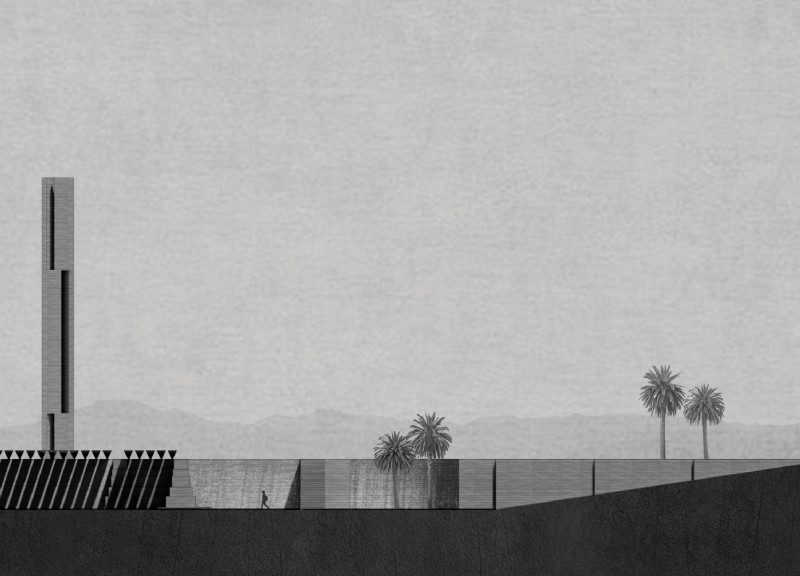5 key facts about this project
The structure serves as a versatile space that accommodates a variety of functions, promoting interaction and collaboration among its users. Its layout is designed to enhance accessibility, with an intuitive flow that guides users through different areas, facilitating a sense of community within the architectural framework. The spaces are thoughtfully divided to include open areas for gathering, enclosed offices for privacy, and adaptable rooms that can be reconfigured for various purposes.
A notable feature of this project is its emphasis on natural light. Large windows and strategically placed openings allow daylight to flood the interior, reducing reliance on artificial lighting and creating a visually uplifting atmosphere. This design choice not only contributes to energy efficiency but also encourages a connection with the natural environment, fostering well-being among occupants. Moreover, the thoughtful integration of outdoor spaces, such as terraces or green roofs, extends the usable area and promotes outdoor activities, enhancing the overall functionality of the building.
Materiality is a core element of this design, with a conscious selection of both durable and sustainable materials that reflect the character of the local area. The use of natural stone, timber, and glass not only provides a visually pleasing aesthetic but also ensures longevity and reliability. These materials are chosen not only for their physical properties but also for their environmental impact, showcasing a commitment to sustainable building practices. The warm tones of the timber merge seamlessly with the robust texture of the stone, creating a balanced interplay that invites closer inspection while reinforcing the structure's connection to its site.
Unique design approaches manifest in several aspects of the project. The project embraces a contemporary architectural language while respecting traditional elements found in the surrounding structures. This respectful dialogue between the old and the new allows for a cohesive visual narrative that enhances the local architectural vernacular. Furthermore, innovative solutions, such as passive solar design strategies and efficient water management systems, speak to a forward-thinking approach to sustainability.
The architectural details are meticulously curated, from the finely crafted joinery to the thoughtful selection of hardware, which together contribute to a cohesive overall design. Every aspect, from the exterior cladding to the interior finishes, is chosen with purpose, reinforcing both functionality and visual appeal. The project exhibits a strong sense of unity, where each element plays a role in enhancing the overall architectural experience.
In conclusion, the project exemplifies a harmonious relationship between form and function, where architectural excellence meets the needs of its users and respects the surrounding environment. Readers are encouraged to explore the project presentation to gain a deeper understanding of its architectural plans, sections, and design ideas. By delving into the various aspects of this project, one can appreciate the thoughtful design choices that contribute to a meaningful architectural outcome.


 Rabee S. R. Alashi,
Rabee S. R. Alashi,  Lavinia Tarif
Lavinia Tarif 




















